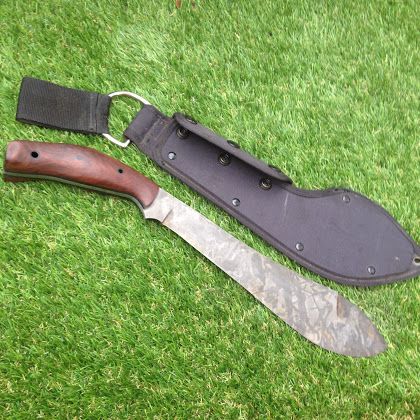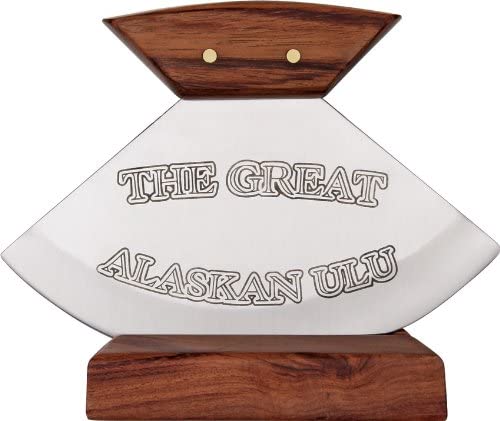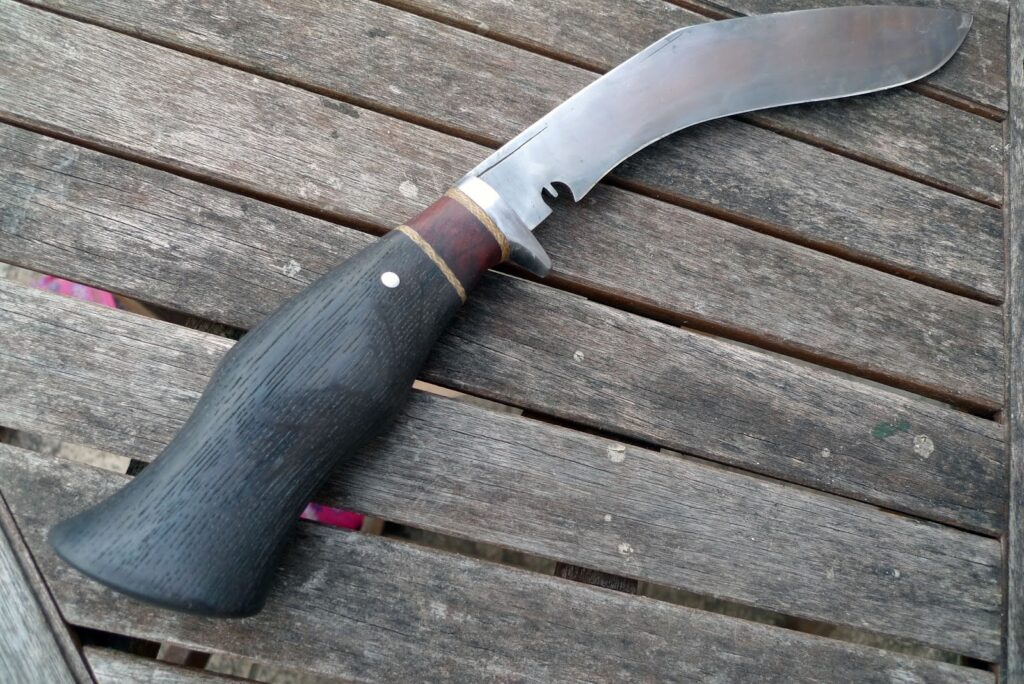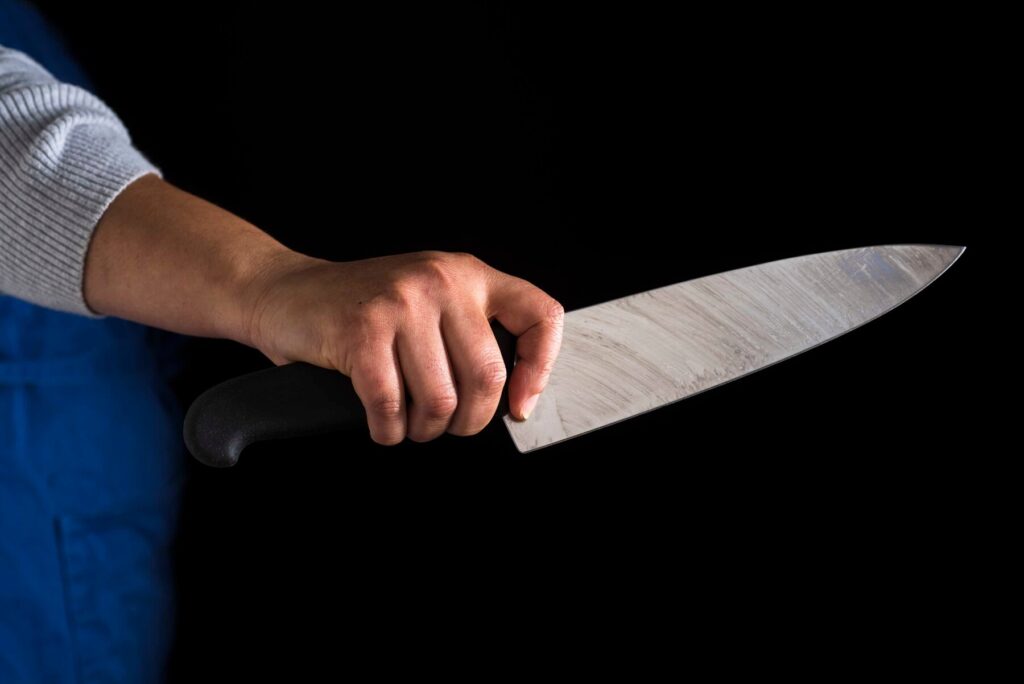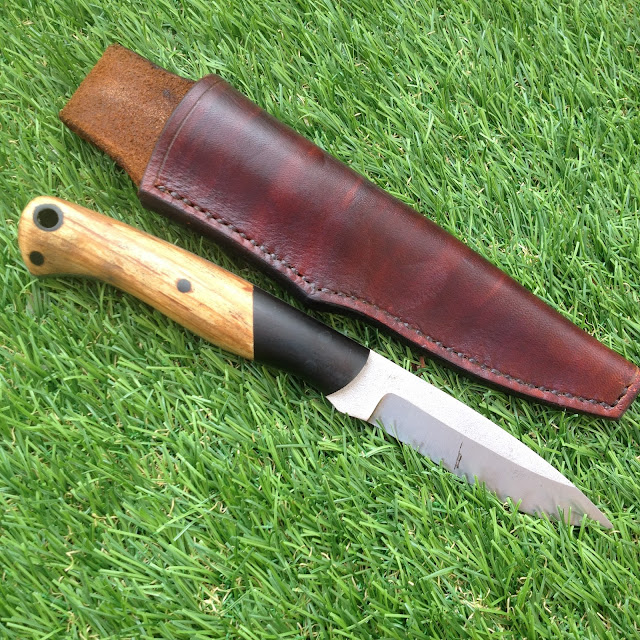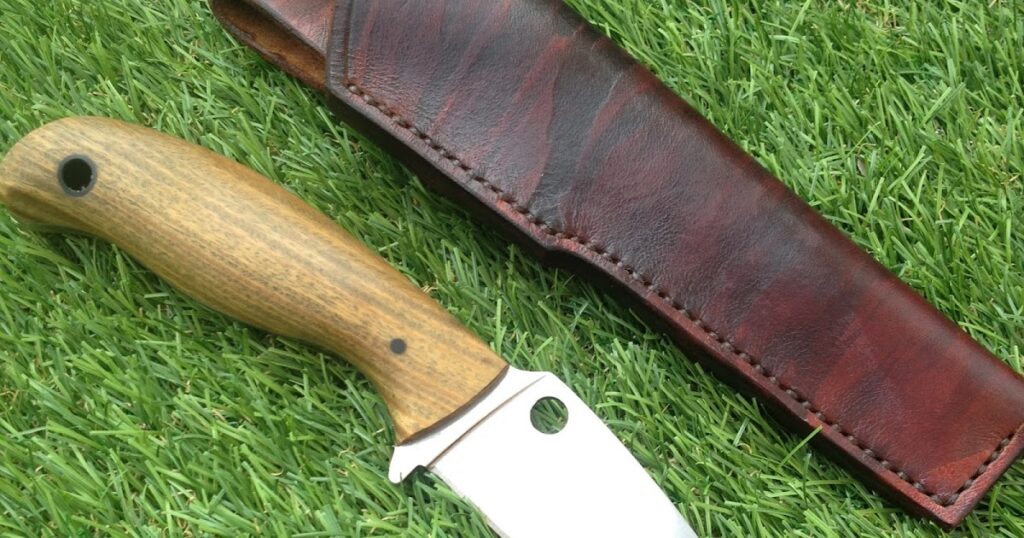Posted inknife2 notice
Wooden Surfboard – 7’6″ Magic Carpet
At the start of the year I made a hollow wood surfboard that I thought I should detail more as part of the 2017 Best Nine. It's built from plans by Mike Skinner of a Magic Carpet that's 7'6" long.This one is called Custard Cream as the first board I made (a stand up paddleboard) got lots of flies stuck in the resin and was nicknamed Garibaldi so another biscuit name was required!The frame is plywood, as is the underneath. The deck is pine (the thin strips) and paulownia (the wide strips). The rails are alternating layers of cork and balsa.Glue used was Titebond 3 for the frame, deck and bottom then contact adhesive for the rails. Resin Research epoxy was used for the glassing.I did video the build throughout, as opposed to taking pictures. I have spliced all of the videos together here but it is quite long and repetitive at times. Ideally it needs editing down but for anyone who is interested now then you can see the idea then skip onto the next section if you want. https://youtu.be/RZBz8IokgS0
